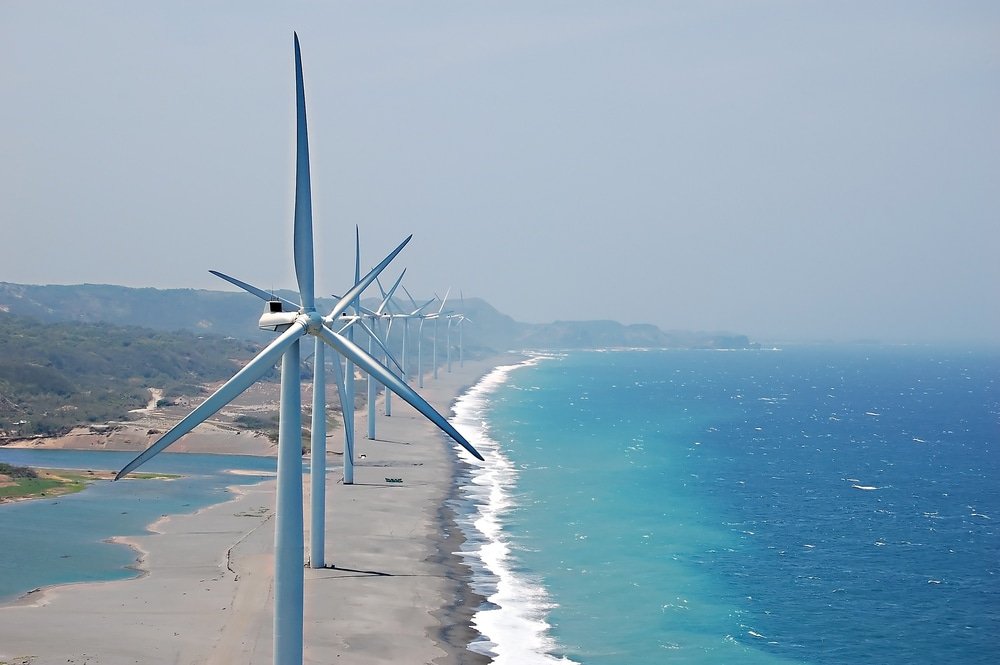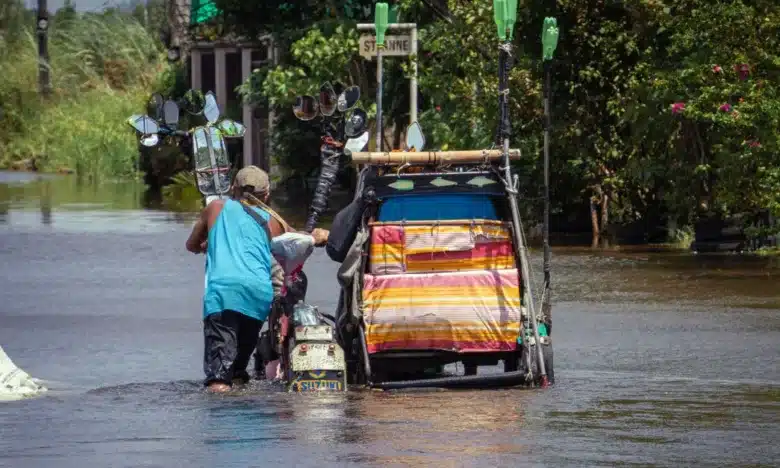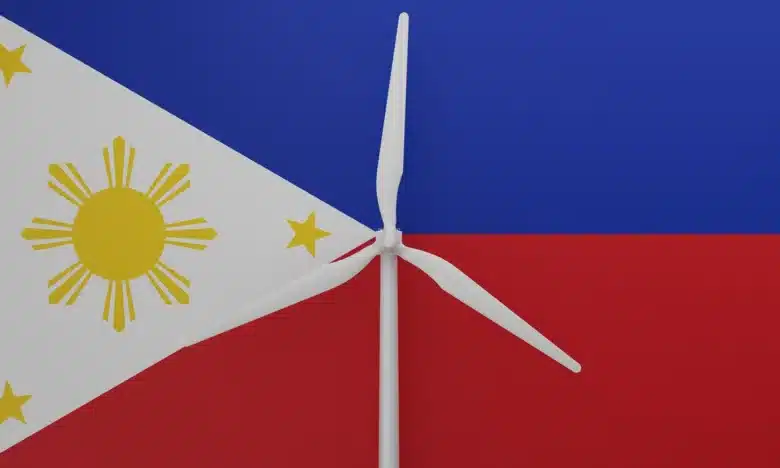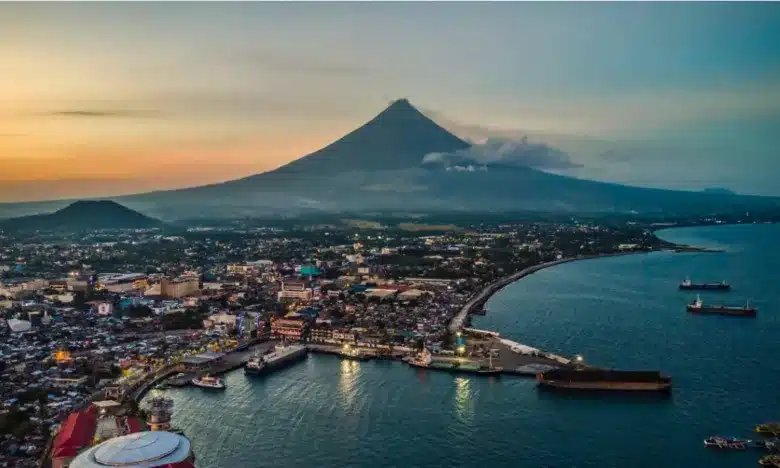
How the Philippines Can Build Power Resilience for the Future
- November 19, 2024
Take it from the experts
The pressure is high on the Philippines to adapt its energy systems, begging the question of how we can make this sustainable and future-proof. Emerging innovations are the priority in conversations, but what about the implementation of current projects? Experts are set to find out if advances in renewable energy (RE) are fit to power our archipelagic country with diverse needs and infrastructure for each island.
The third and final episode of the “Powering up: Weathering calamities in the energy transition” roundtable discussion presented by AboitizPower and the European Chamber of Commerce of the Philippines (ECCP) shares what it means to “use what is abundant to us” regarding the conversation on energy transition.
Key people in the discussion were ECCP Energy Committee chairperson Ruth Yu-Owen, Atty. Monalisa Dimalanta, former chairperson and CEO of the Energy Regulatory Commission (ERC); and Professor Rowaldo “Wali” Del Mundo, associate dean of the College of Engineering at the University of the Philippines – Diliman.
In previous episodes, the panelists established the variable nature of designing uniform energy systems due to the country being an archipelago. The many natural disasters adds another factor to contend with, making energy resilience an urgent priority rather than a goal when compared to other countries.
To start the conversation, Atty. Dimalanta emphasized that the best strategy is to work with what we have. Developing countries must take advantage of their abundant natural resources to get ahead in the energy transition.
[“So what’s available to us? We have plenty of water, solar, geothermal (resources), and wind. So if we can maximize all the resources we have, especially since these are free, why should we stop ourselves from using them?”]
‘Just transition’ to renewables
The Power development plan 2020-2040 aims to increase RE’s share in the nationwide energy mix to 35% by 2030. Prof. Wali noted that “just transition” is needed to be mindful of social issues through meticulous research, systems, programs and policies that advocate for vulnerable communities amid the industrial developments of the energy sector.
“The development of hydropower is included in the [energy] transition,” Prof. Wali said. “That’s important because it’s already established that hydro is the cheapest form of renewable energy. So, it would be better actually to maximize hydro. To me, it’s a question of planning.”
Wali uses Brazil’s 2010 switch to hydropower and investment in related infrastructures as an example of how developing countries can bolster their economic growth through cheaper power generation rates and consumer electricity.
One of the largest zero-carbon energy sources in the world, hydropower makes use hydroelectric dams to produce electricity through naturally flowing water.
While Prof. Wali is optimistic that the Philippines can replicate Brazil’s success, he stresses that planning must start early.
[“I don’t see why not. The challenge now is how do we integrate it into the existing system. Because you can’t just do it overnight […] it’s not that quick to introduce all the projects you want to replace with,” he said.
“There’s actually hope for a just transition here. The key is just to focus on which renewable energy sources are available to us and which ones are affordable to explore.”]
According to Atty. Dimalanta, the Philippines historically utilized 100% from the 1930s to 1970s, until it incorporated fossil fuels into the mix. The previous energy system was relatively stable, due to the prominence of geothermal plants and large dams.
[“If those kinds of renewables increase in our system, I’m confident that it will make a significant contribution, not just to the power system, but to the economy as a whole.”]
The discussion brings home the point that the opportunities for energy stability in the Philippines are equal if not greater than its challenges. If we act now, our efforts in research, investment and collaboration will continue to provide security for the future.



